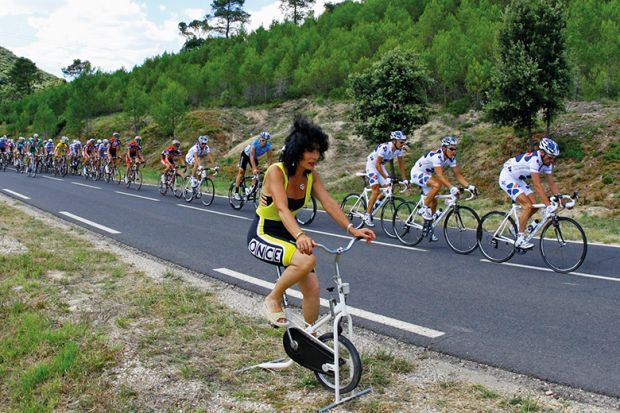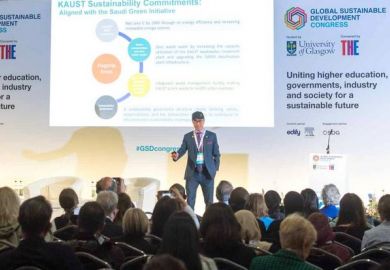The Republic of Ireland’s radical plan to dock universities up to a tenth of their core funding if they fail to hit ambitious gender targets could spur further direct government interventions across Europe to get more women into academic posts, according to advocates of the proposals.
The country’s Gender Action Plan 2018-2020 reveals mounting exasperation that many existing schemes by universities and governments have failed to close academia’s gender gap, and argues that it is time for more quotas, female-specific positions and financial incentives to hire women.
Mary Mitchell O’Connor, Ireland’s higher education minister, told Times Higher Education that progress on gender equality has moved at a “snail’s pace”. Change has been too slow not just in Ireland but across Europe, and the issue “has come up consistently” at Europe-wide conferences on the subject, she said.
Under the plans, universities could lose up to 10 per cent of their government funding if they fail to hit their targets, although Ms Mitchell O’Connor stressed: “I really don’t expect that to happen, but I do expect higher education institutions to step up to the plate.”
The overarching aim is to have a professoriate that is at least 40 per cent female. “The solution is to put in place really high-level specific professional posts for women only,” she said. As part of the plan, released on 12 November, Ireland will fund the creation of 15 women-specific professorships annually for the next three years, she said.
Currently, universities in Ireland – none of which have ever appointed a female president – follow a “flexible cascade” system, where they aim to recruit the same or a greater proportion of women to each academic level as the one below.
Gemma Irvine, head of policy and strategic planning at Ireland’s Higher Education Authority and one of the plan’s researchers, said that ministers had looked at progress under this system and concluded that it was “just not good enough”. It could take 20 years to achieve the 40 per cent target if nothing else is done, the plan says.
Dr Irvine characterised career development coaching for women as “fixing the women, not the system” and “not enough” in isolation.
The authors of the plan had surveyed successful European initiatives and come to the conclusion that linking gender balance to funding was one of the most effective, she explained, as “funding drives behaviour” and “focused minds” among university presidents.
The Irish move could prompt similar government-driven interventions across Europe, according to Dr Irvine. “I would hope other jurisdictions look at what we’re doing,” she added.
Since the turn of the century, more women have broken into higher levels of European academia, the plan shows. In 2001, just 8 per cent of professors in Ireland were female. In Switzerland (9 per cent), Germany (11 per cent) and France (15 per cent), the situation was little better.
By 2016, Ireland’s professoriate was 22 per cent female, around the same level as France (24 per cent) Germany (23 per cent) and Switzerland (21 per cent).
But many gender initiatives have missed their targets. In 2000, Switzerland set out to make a quarter of full and associate professors and 40 per cent of assistant professors female by 2012 – targets that have still not been reached. Most Dutch universities are on track to miss 2020 targets on female professors.
Karin Zimmermann, an expert on gender equality in universities based at the WZB Berlin Social Science Center, said that “extra money” was simply the best way to incentivise “underfinanced universities in global competition” to take on more female professors. “Numerous gender equality plans and/or target agreements have been unsuccessful for years,” she added.
Slow turnover of the professoriate has also hampered efforts to shift the balance. A spokeswoman for the Irish Universities Association (IUA) said that progress was “inherently slow” because of the “length of tenure of incumbents”, a drag on turnover made worse by rising retirement ages. Fewer than one in 10 of Ireland’s professor posts become available each year, said Dr Irvine.
Irish universities have accepted the plan’s proposals, the IUA spokeswoman said, and are now set to negotiate over the details of implementation.
Ireland was the first to take a “strategic national approach” to the problem, she said.
According to Deborah Werner and John Roman, who work on gender equality at Germany’s Centre for Higher Education thinktank, such an approach would be harder to take in a bigger country. “For countries like Ireland, implementing government-led policies to close the gender gap in higher education would most likely be easier than for federalised countries, like Germany,” they said.
后记
Print headline: Irish gender plan: a model for the rest of Europe?




